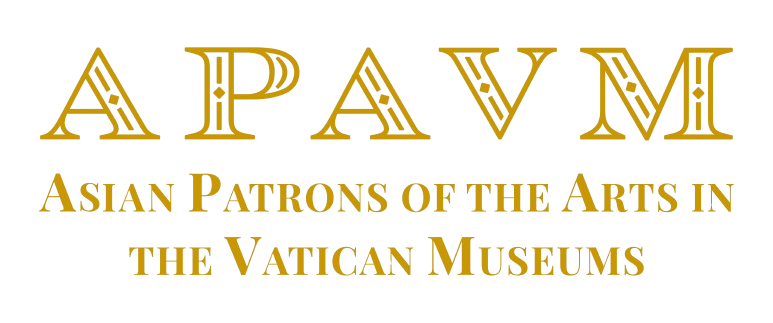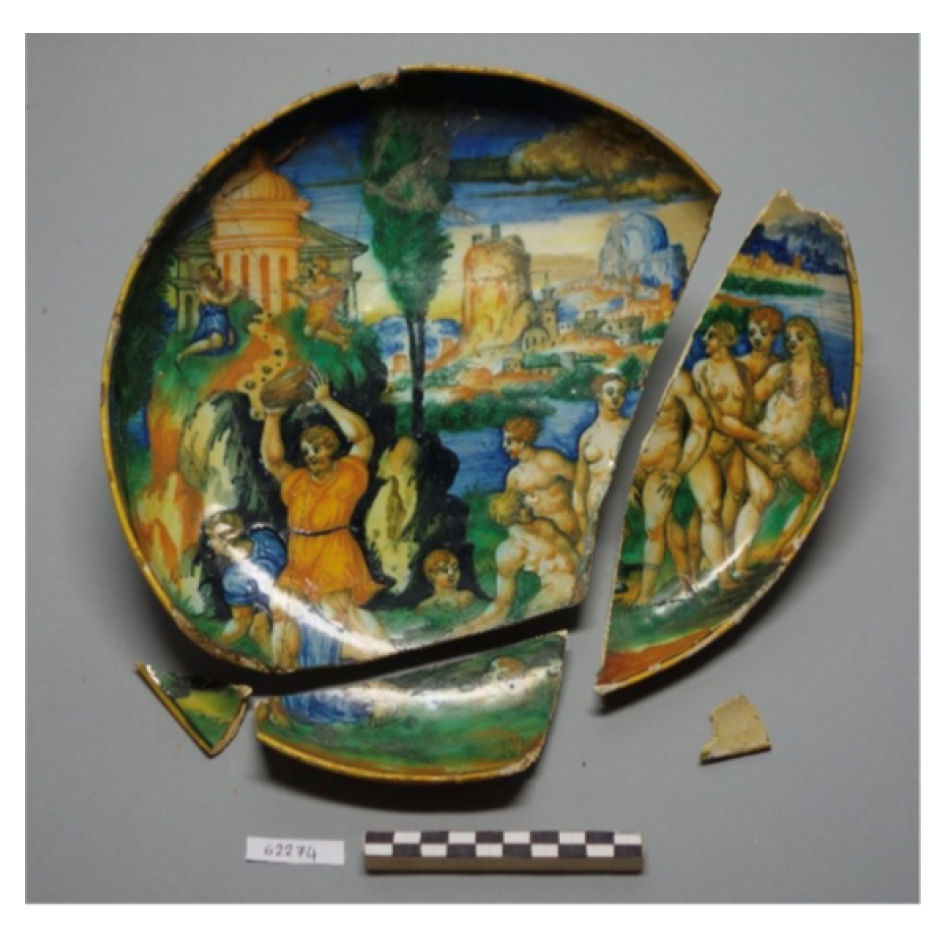Dear Patrons and Friends,
This week we would like to start by sharing with you the words of wisdom used by Pope Francis in his Easter “To the Church and to the World” message, announcing the resurrection of Jesus he remembered the victims of war, all those suffering around the world, and appealed that the peace of Christ may enter our lives, our homes, and our countries.
Filled with these words of hope and wisdom we will then move to our Metal and Ceramic Laboratory to show you what we do best: taking care of one of the biggest and most unique art collections in the world.
We will follow the work of restorers on one of the central facets of the collection of Decorative Arts of the Vatican Museums, a group of thirty-four polychrome glazed ceramic plates, part of the collection of the Cardinal Gaspare Carpegna (1625-1714). The result of the restoration process will leave you astounded.
Follow us!
POPE FRANCIS
Easter Message
In a square full of people and beautiful flowers gifted by florists from the Netherlands, Pope Francis presided over the Easter celebrations by giving his traditional Easter message followed by a “To the Church and to the World” (Urbi et orbi) blessing. At the heart of his words was a call for peace on what he described this year as an “Easter of war.” Ukraine had a large weight on his message but his word went out to all the conflicts in the world.
“Every war brings in its wake consequences that affect the entire human family: from grief and mourning to the drama of refugees, and to the economic and food crisis, the signs of which we are already seeing,”








